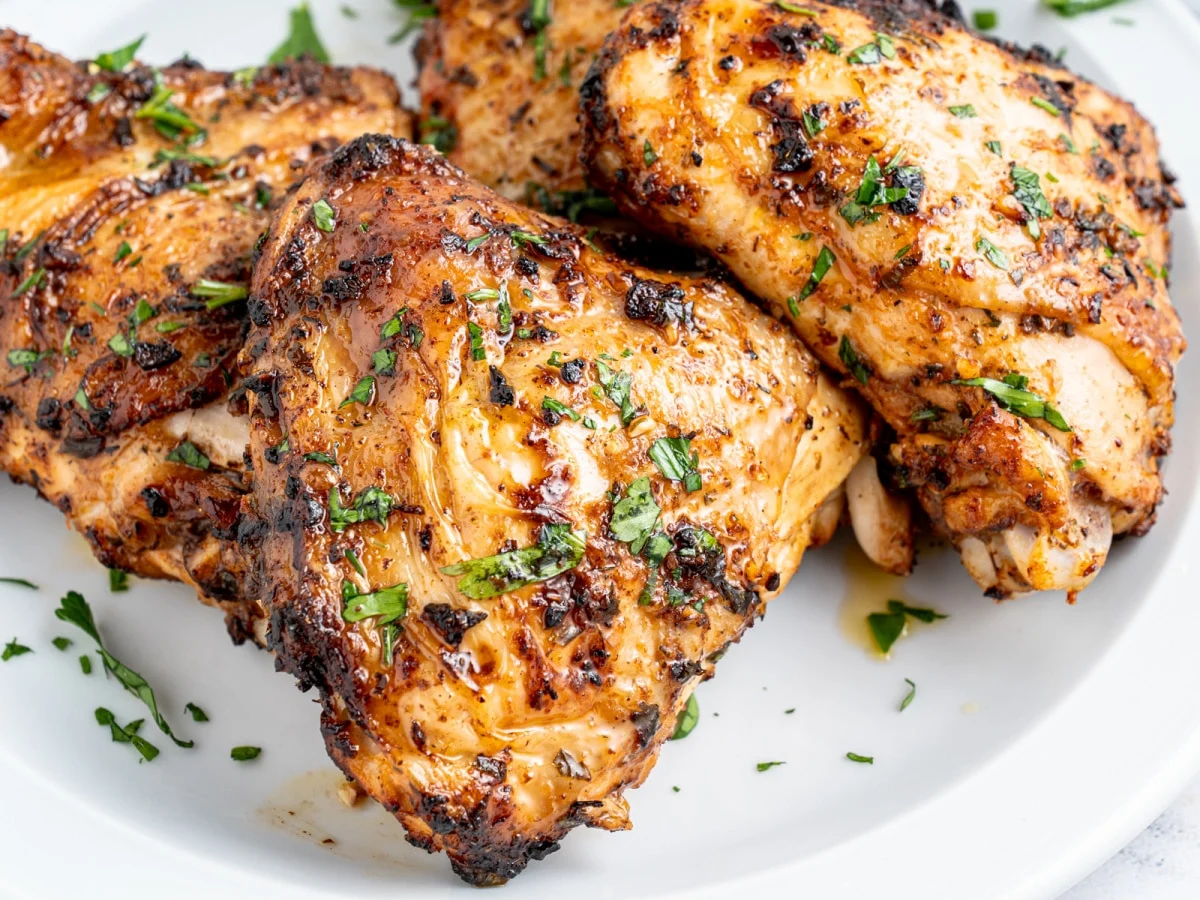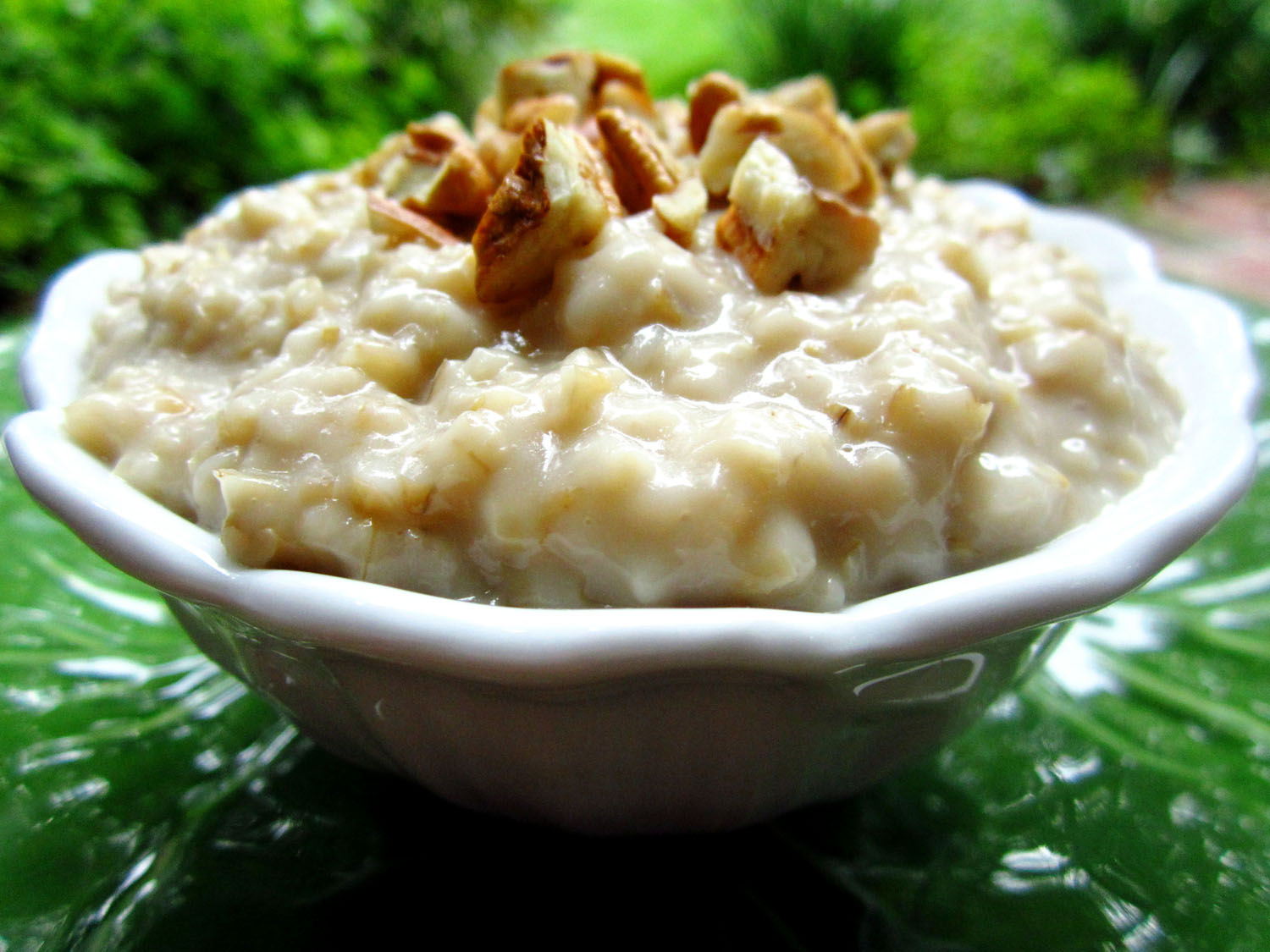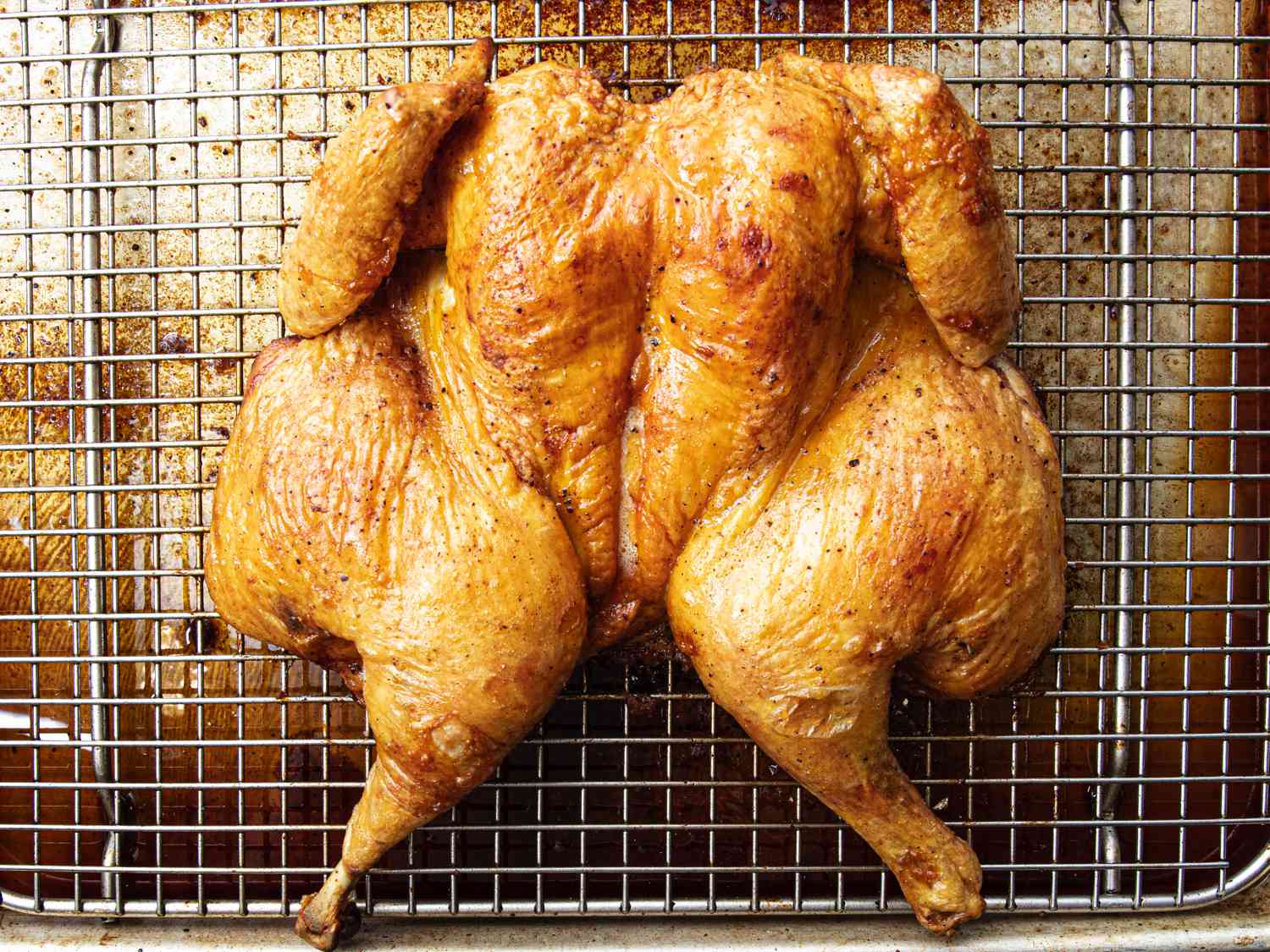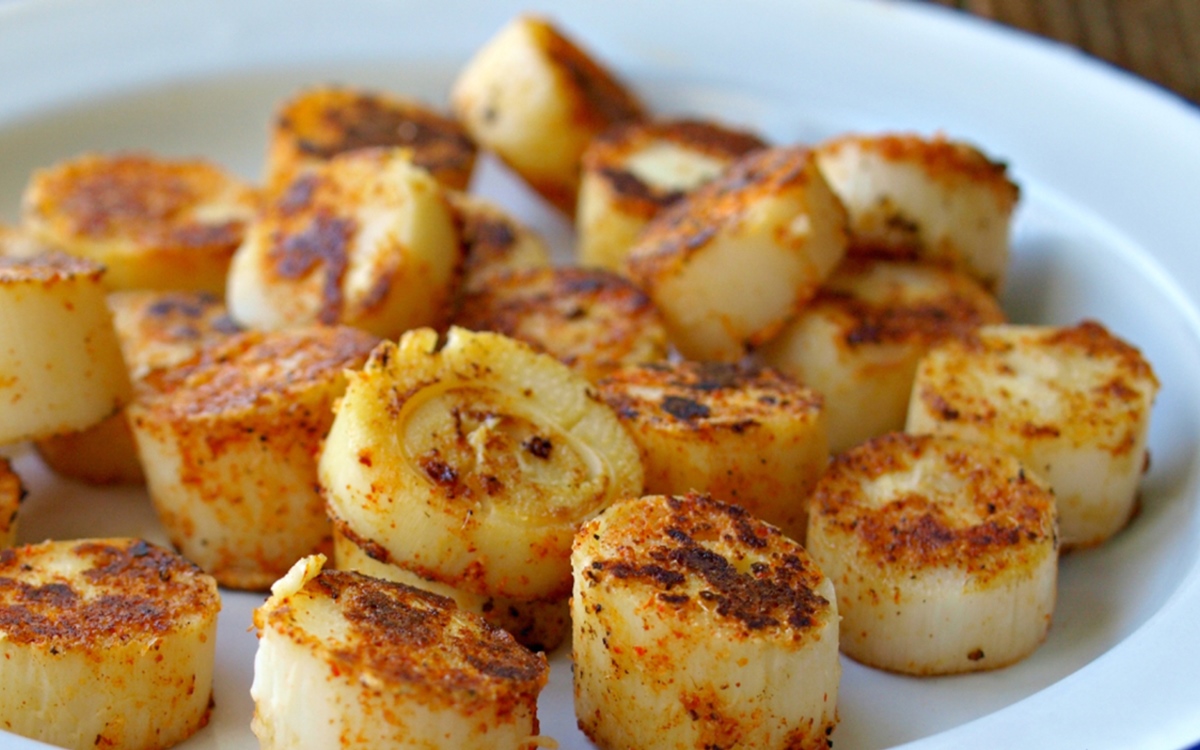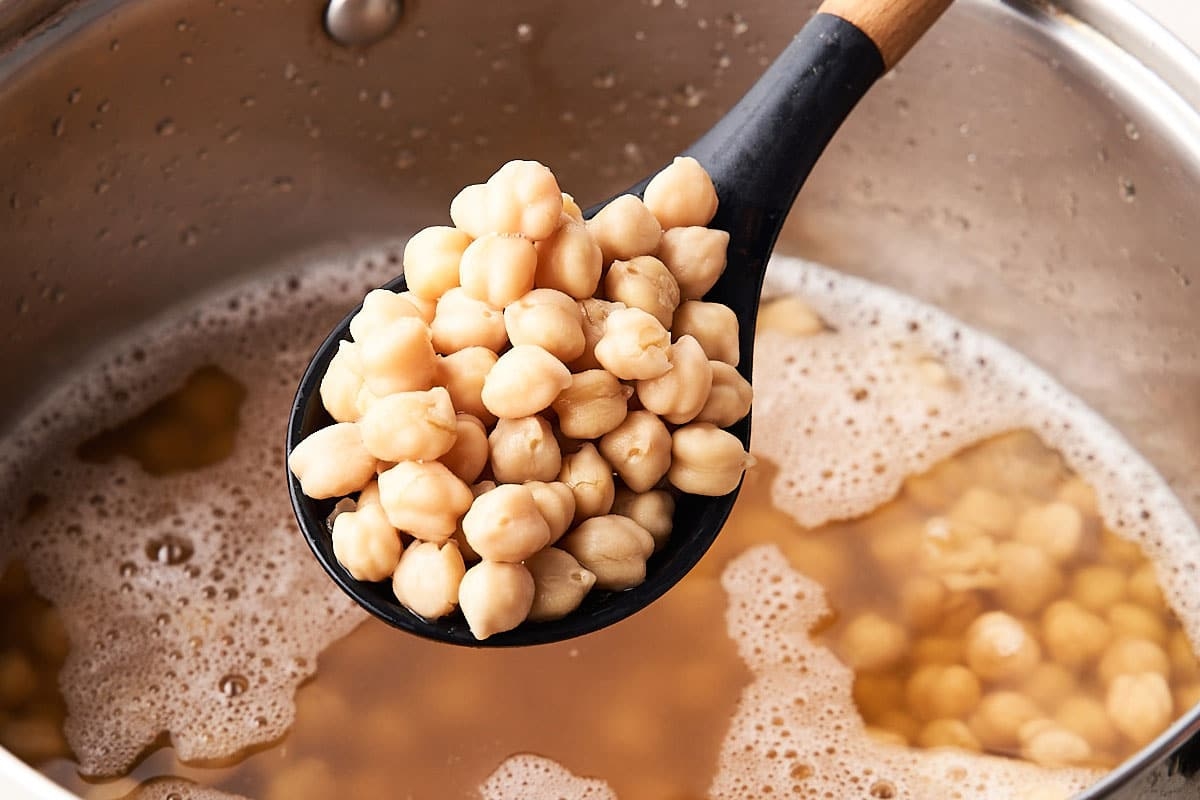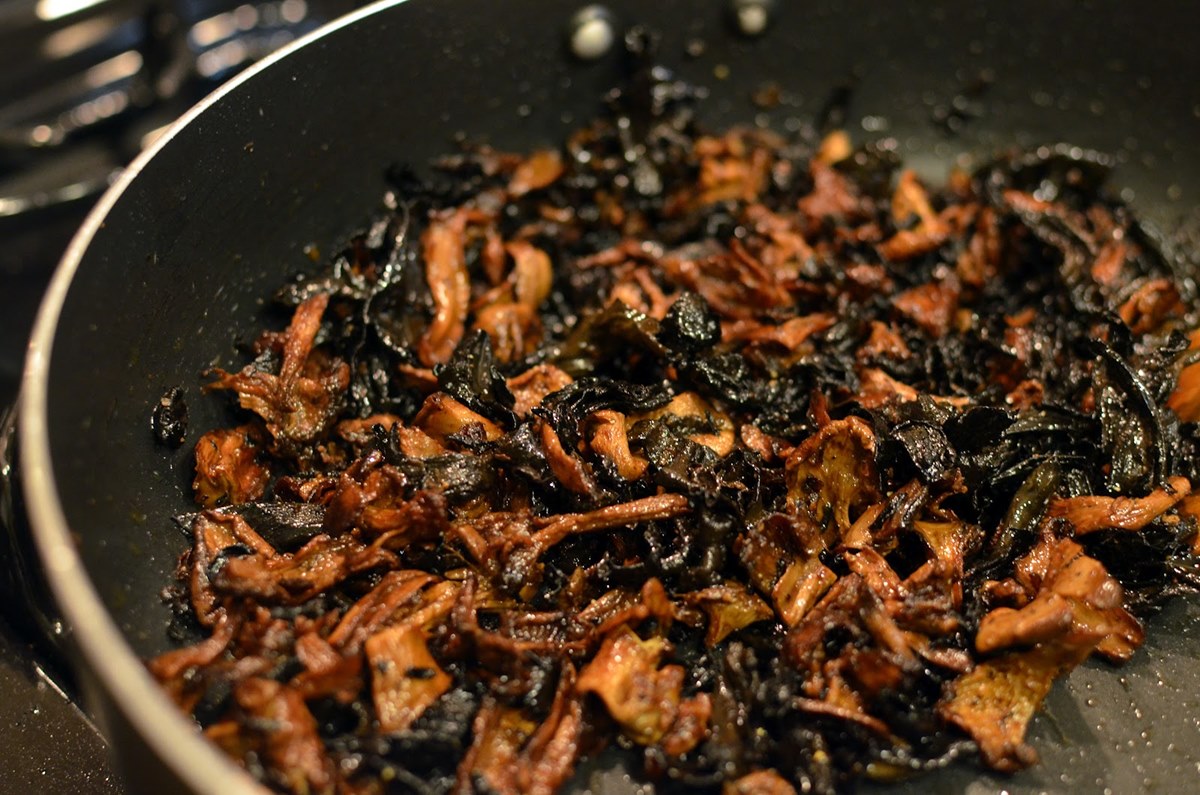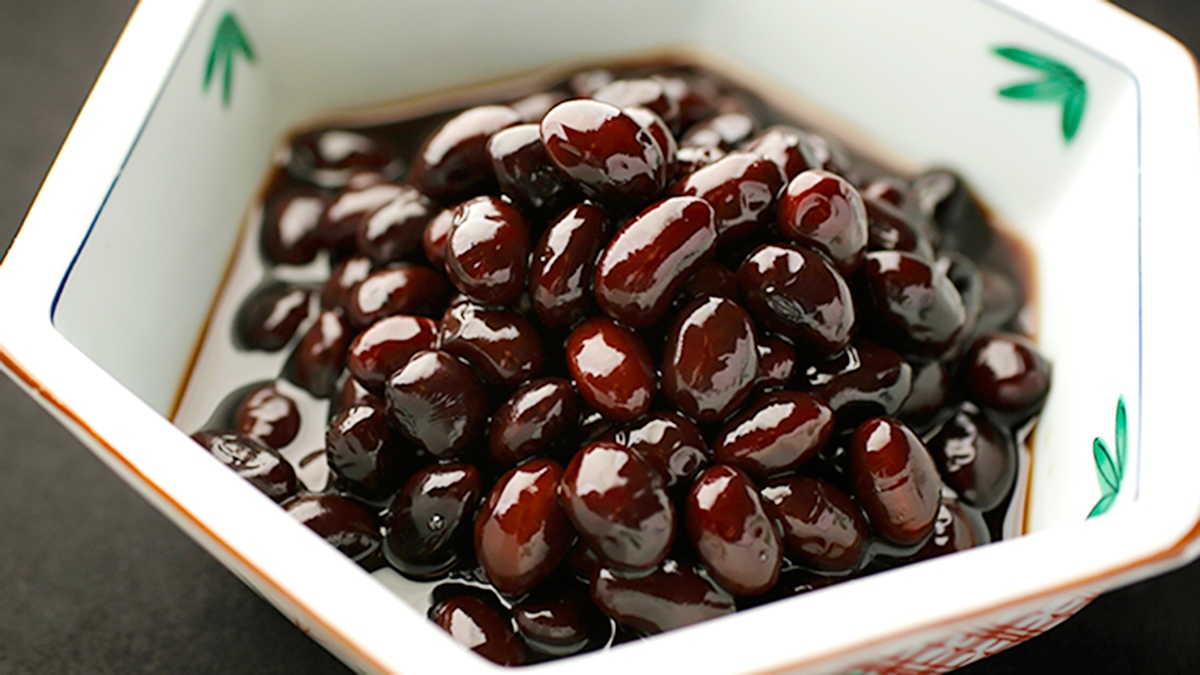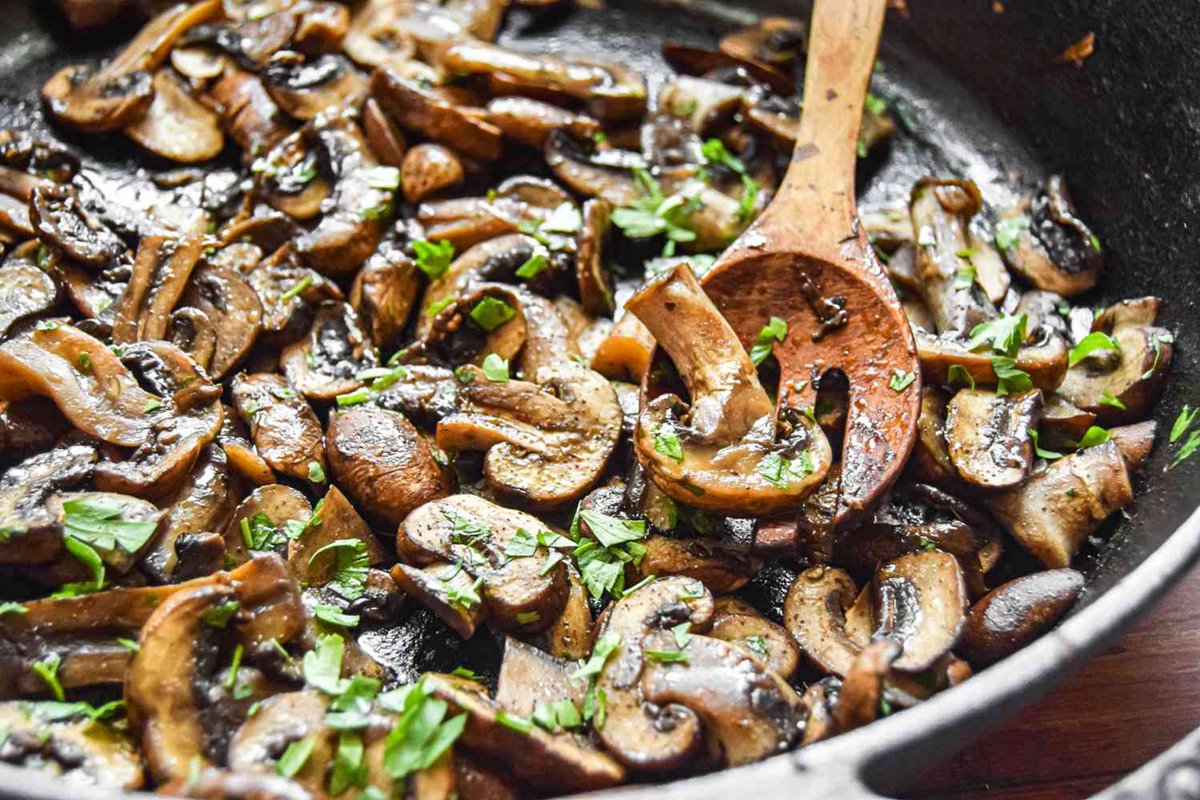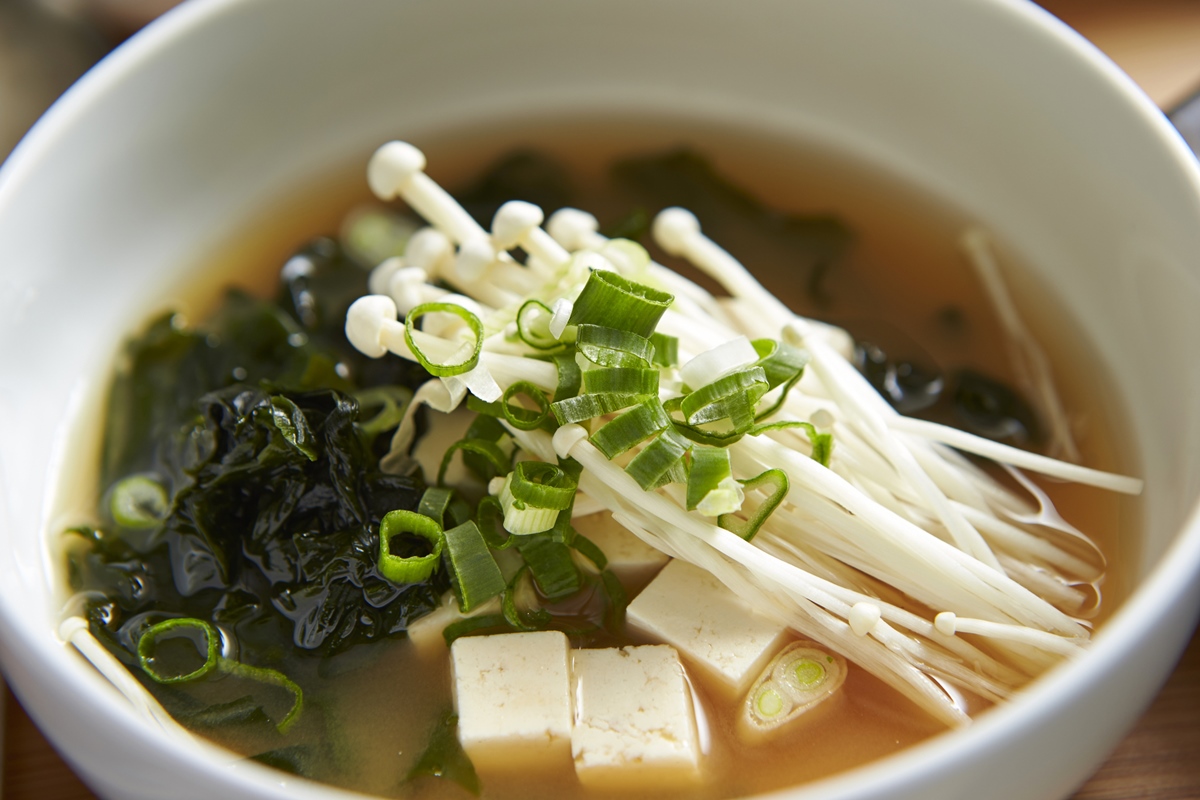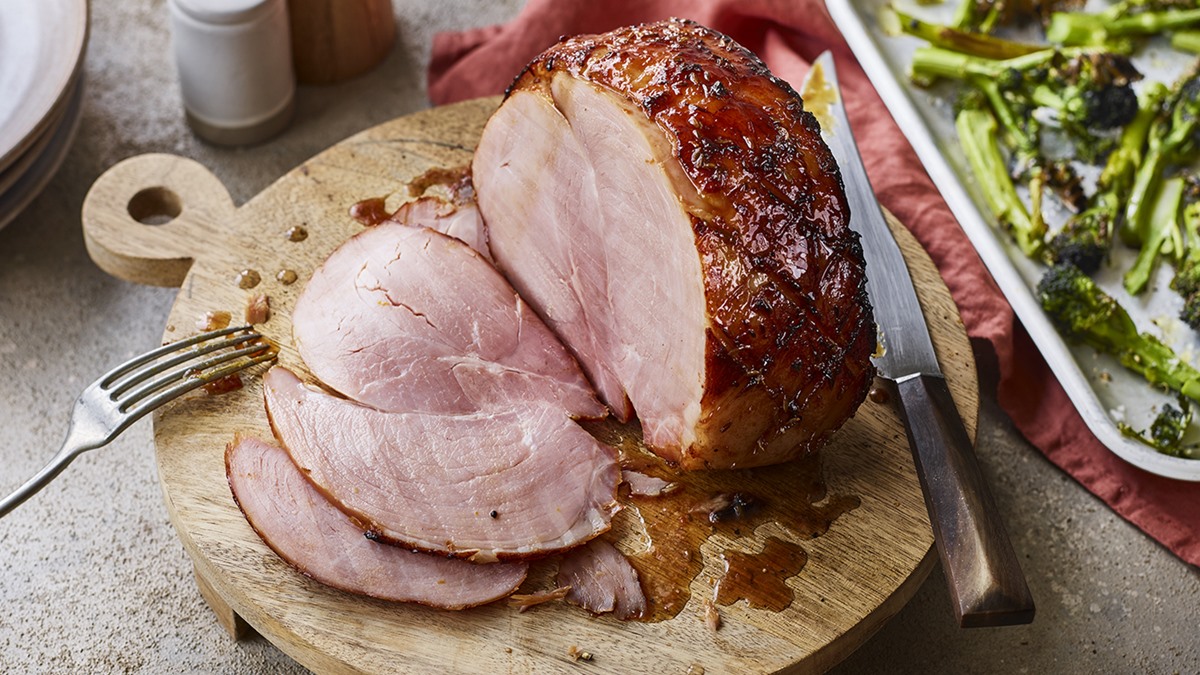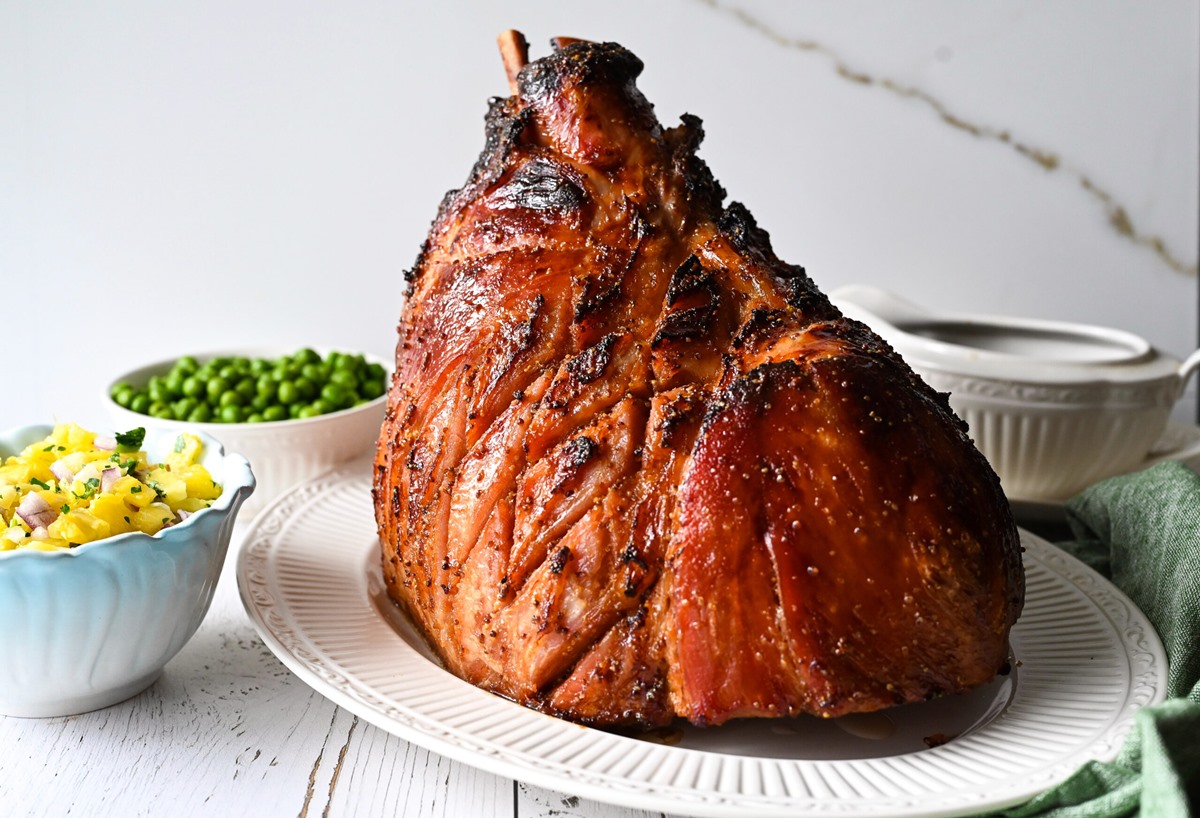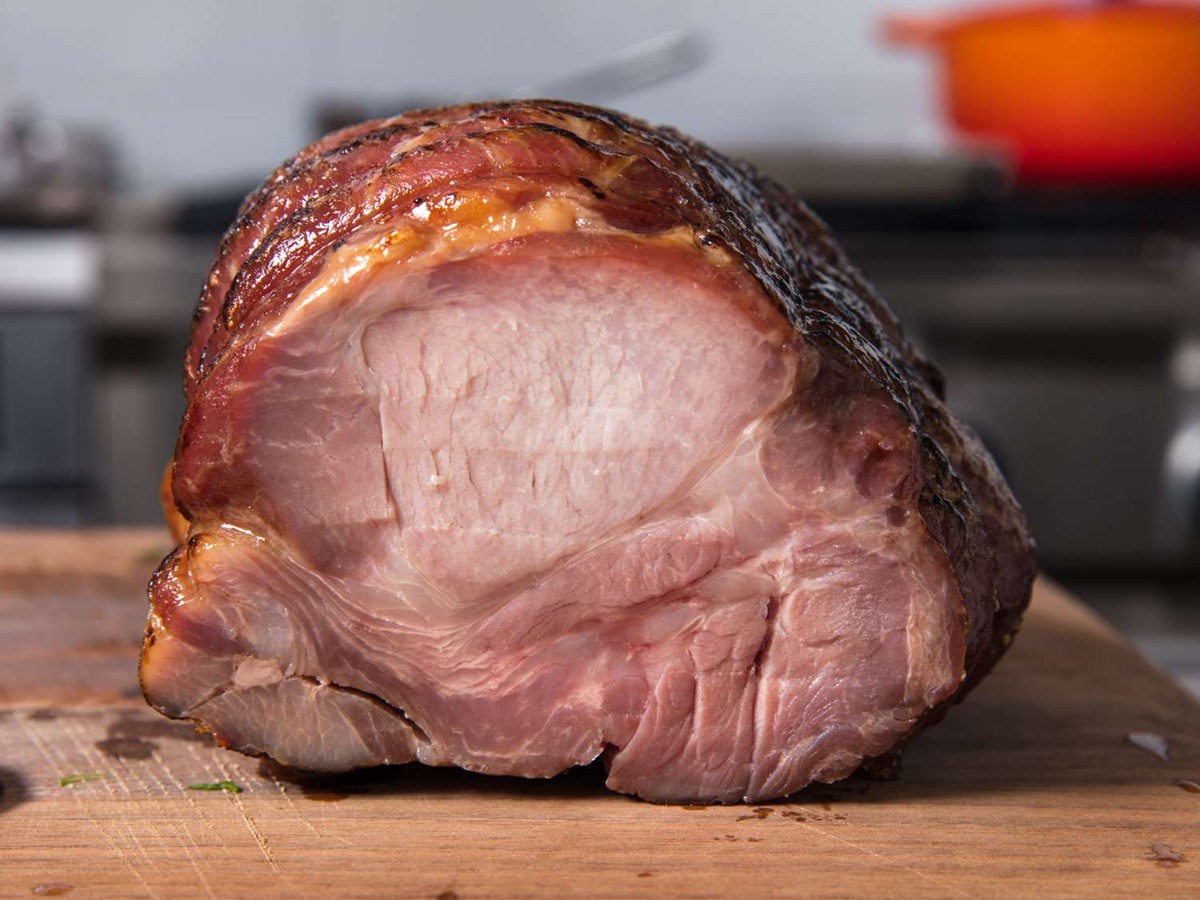How To Cook Moose Roast: A Gourmet Adventure
Are you ready to embark on a gastronomic journey with a taste of the wild? Cooking a moose roast is a unique experience that brings together the flavors of the great outdoors and the comfort of a hearty, delicious meal. In this article, we will guide you through the culinary process, providing you with tips and techniques to create a mouthwatering moose roast that will impress even the most discerning palates.
1. Choose the Perfect Cut
Before diving into the cooking process, it’s crucial to select the right cut of moose for your roast. Aim for a boneless cut from the shoulder or the hindquarter, as these tend to be more tender and flavorful. Make sure to source the meat from a reputable supplier to ensure quality.
2. Prep and Marinate
Proper preparation is key to infusing your moose roast with incredible flavors. Start by seasoning the meat generously with salt, pepper, and any other preferred spices. For an extra burst of taste, create a marinade using ingredients like garlic, rosemary, thyme, and red wine. Let the moose roast rest in the marinade for at least a few hours or overnight in the refrigerator, allowing the flavors to penetrate the meat.
3. Sear to Lock in Flavor
When it’s time to start cooking, begin by searing the moose roast in a hot pan with a drizzle of oil. This step helps to lock in the flavors and create a beautiful crust on the outside of the meat. Sear each side for a couple of minutes until you achieve a golden brown color.
4. Slow Cooking for Tender Meat
Moose meat is naturally lean and can be tough if not cooked properly. To ensure a tender and succulent roast, opt for a slow cooking method such as roasting or braising. You can either use an oven or a slow cooker for this step. Cook the moose roast low and slow, allowing the meat to tenderize and develop rich flavors over time.
5. Monitor Internal Temperature
As you cook your moose roast, it’s essential to keep an eye on its internal temperature. Use a meat thermometer to ensure that the meat reaches a safe minimum internal temperature of 145°F (63°C). This guarantees both safety and optimum taste.
6. Let It Rest
Once the moose roast reaches the desired internal temperature, remove it from heat and allow it to rest for around 15 minutes. This resting period allows the juices to redistribute within the meat, enhancing its tenderness and juiciness. Avoid the temptation to cut into the roast right away!
7. Slice and Serve
Finally, it’s time to carve your masterpiece. Use a sharp knife to slice the moose roast against the grain into thin, even pieces. This technique ensures each bite is tender and easy to chew. Arrange the slices on a platter and serve alongside your favorite sides, such as roasted vegetables, mashed potatoes, or a fresh salad.
Now that you have mastered the art of cooking moose roast, it’s time to savor the fruits of your labor. Gather your loved ones, share the story of your culinary adventure, and indulge in the wilderness-infused flavors of this exquisite dish. Bon appétit!
Remember, cooking moose roast is an adventurous culinary experience that requires patience and attention to detail. By following these steps, you can elevate this game meat to a gourmet level, impressing your guests and expanding your culinary repertoire. Whether it’s a special occasion or a cozy family dinner, a perfectly cooked moose roast is sure to leave a lasting impression!
Explore More Moose Roast Recipes and Uses
As you hone your skills in preparing moose roast, exploring diverse recipes can significantly broaden your culinary repertoire. For a comforting and hearty dish, the Classic Moose Roast with Root Vegetables is a perfect start. It combines the robust flavors of moose with the earthiness of seasonal vegetables. If you're in the mood for something with a bit more zest, try the Red Wine Braised Moose Roast, which infuses the meat with the rich, deep flavors of red wine, making it tender and succulent. For those who enjoy international cuisine, the Asian-Inspired Moose Roast with Soy and Ginger offers a delightful twist, incorporating the aromatic flavors of soy and ginger that enhance the natural taste of the moose. Each recipe is designed to make the most of the moose roast, enabling you to impress at any dining table.
Was this page helpful?
Read Next: How To Cook A 7 Bone Roast
